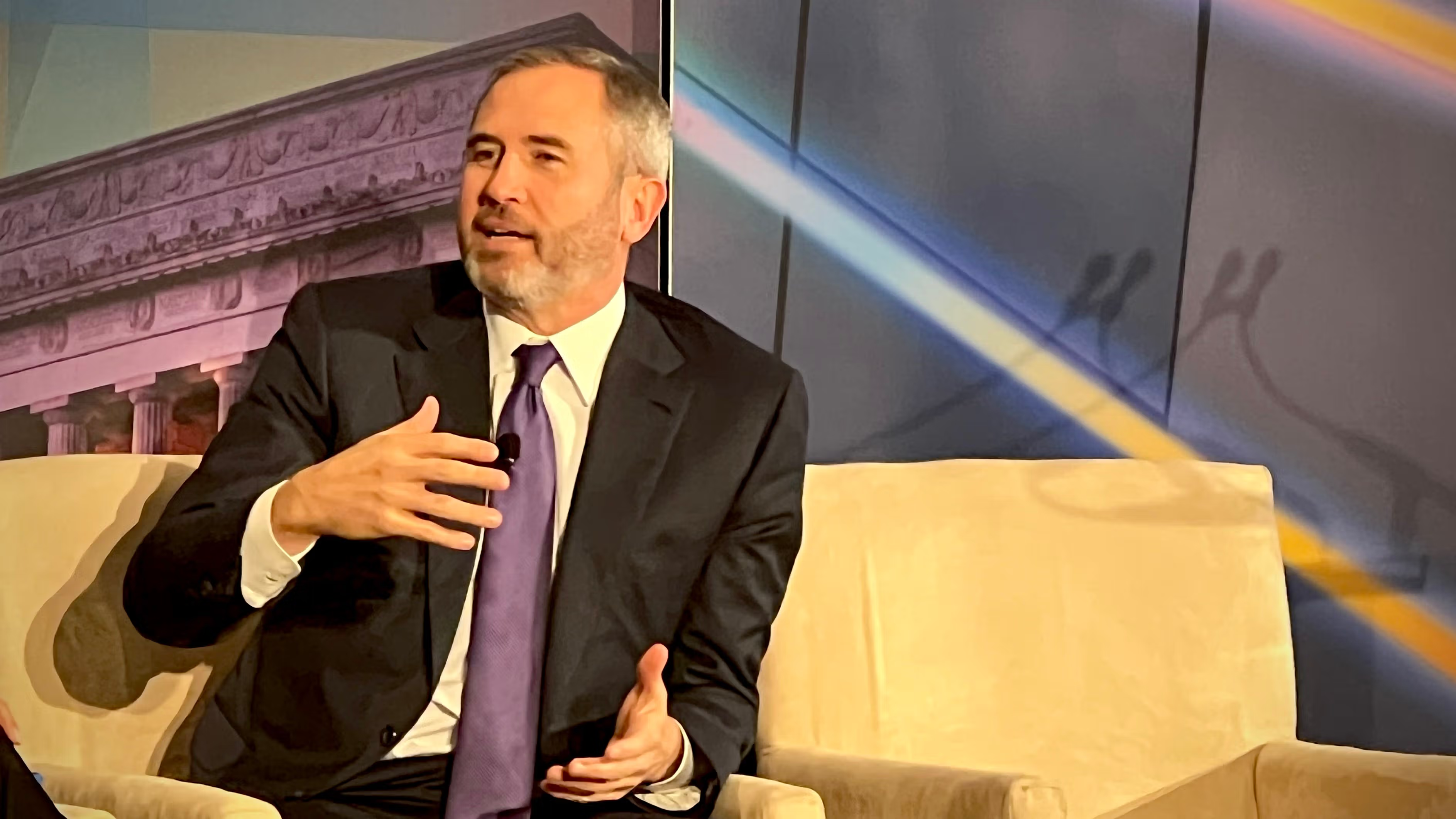Three Arrow Capital (3AC), a Singapore-based crypto hedge fund that at one point managed over $10 billion worth of assets, became one of the many crypto firms that went bankrupt in this bear market.
However, the fall of 3AC wasn’t purely a market-driven phenomenon. As more information surfaced, the collapse looked more like a self-inflicted crisis brought upon by an unchecked decision-making process.
To put it concisely, the hedge fund made a series of large directional trades in Grayscale Bitcoin Trust (GBTC), Luna Classic (LUNC) and Staked Ether (stETH) and borrowed funds from over 20 large institutions. The May crypto crash led to a series of spiral investment collapse for the hedge fund. The firm went bust and the loan defaults have led to mass contagion in crypto.
The first hints of possible insolvency occurred in June with a cryptic tweet from the co-founder Zhu Su in the wake of the movement of 3AC funds. The crypto market crash led to a severe decline in the prices of top cryptocurrencies including Ether (ETH), which led to a series of liquidations for the hedge fund.
3AC exchanged roughly $500 million worth of Bitcoin (BTC) with the Luna Foundation Guard for the equivalent fiat amount in LUNC just weeks before Terra imploded.
The rumors ramped up after Zhu removed all mention of investments in ETH, Avalanche (AVAX), LUNC, Solana (SOL), Near Protocol (NEAR), Mina (MINA), decentralized finance (DeFi) and nonfungible tokens (NFTs) from his Twitter bio, keeping only a mention of Bitcoin (BTC).
The series of liquidations for 3AC had a catastrophic impact on crypto lenders such as BlockFi, Voyager and Celsius. Many of the crypto lenders had to eventually file for bankruptcy themselves due to exposure to 3AC.
Sam Callahan, a Bitcoin analyst at BTC savings plan provider Swan, told Cointelegraph:
“Using only publicly available information, in my opinion, the failure of 3AC can really be broken down into two things, 1) Poor risk management and 2) Unethical and potentially criminal behavior. The first is a classic example of what happens when you use too much leverage, and the trade turns against you. In this case, 3AC borrowed hundreds of millions of dollars, mostly from cryptocurrency lending platforms, to make arbitrage bets in risky DeFi protocols. One such risky bet was on Terra. Of course.”
He added that 3AC didn’t own up to the mistakes, went ahead to borrow more money and “allegedly even used clients’ funds to make bets to try to make their money back. This was the moment when 3AC morphed into more of a blatant Ponzi scheme. As general market conditions continued to worsen and liquidity dried up, 3AC was exposed as the Ponzi scheme it had become, and the rest is history.”
Looking at the timeline of events in 3AC:
- May 11–12: Immediately following the Luna collapse, several lenders ask about Luna exposure, 3AC says there is nothing to worry about.
- May 18: Co-founder Kyle Davies tries to prevent loans from getting called
- June 3: Interest rates raised on loans due to market conditions
- June 7: 3AC team pitches investors on new opportunities to save the company
- June 10–11: Crypto options broker Deribit margin calls 3AC’s account mobyDck
- June 13: Davies tries to arrange a new loan from Genesis to pay the margin call
- June 16–17: 3AC insolvency widely reported
3AC eventually filed for a Chapter 15 bankruptcy on July 1 in a New York court with no known whereabouts of the founders.
Recent: Not just Bitcoin price: Factors affecting BTC miner profitability
Marius Ciubotariu, the co-founder of Hubble Protocol, believes the 3AC lending crisis highlights the resilience of the DeFi ecosystem. He told Cointelegraph:
“The challenges that faced 3AC are not unique to cryptocurrency nor financial markets as a whole. Cryptocurrency is currently the only financial market where market dynamics are allowed to play out. 3AC crisis has revealed how resilient DeFi protocols actually are. For example, Celsius suffered from lending losses…
Read More: cointelegraph.com









 Bitcoin
Bitcoin  Ethereum
Ethereum  Tether
Tether  XRP
XRP  Solana
Solana  Dogecoin
Dogecoin  USDC
USDC  Cardano
Cardano  Lido Staked Ether
Lido Staked Ether  TRON
TRON  Avalanche
Avalanche  Sui
Sui  Wrapped stETH
Wrapped stETH  Chainlink
Chainlink  Toncoin
Toncoin  Shiba Inu
Shiba Inu  Stellar
Stellar  Wrapped Bitcoin
Wrapped Bitcoin  Polkadot
Polkadot  Hedera
Hedera  WETH
WETH  Bitcoin Cash
Bitcoin Cash  Uniswap
Uniswap  Pepe
Pepe  Litecoin
Litecoin  LEO Token
LEO Token  Hyperliquid
Hyperliquid  Wrapped eETH
Wrapped eETH  NEAR Protocol
NEAR Protocol  Ethena USDe
Ethena USDe  USDS
USDS  Internet Computer
Internet Computer  Aptos
Aptos  Aave
Aave  Mantle
Mantle  Render
Render  Bittensor
Bittensor  POL (ex-MATIC)
POL (ex-MATIC)  Cronos
Cronos  Ethereum Classic
Ethereum Classic  Virtuals Protocol
Virtuals Protocol  Artificial Superintelligence Alliance
Artificial Superintelligence Alliance  Arbitrum
Arbitrum  MANTRA
MANTRA  Monero
Monero  WhiteBIT Coin
WhiteBIT Coin  Tokenize Xchange
Tokenize Xchange